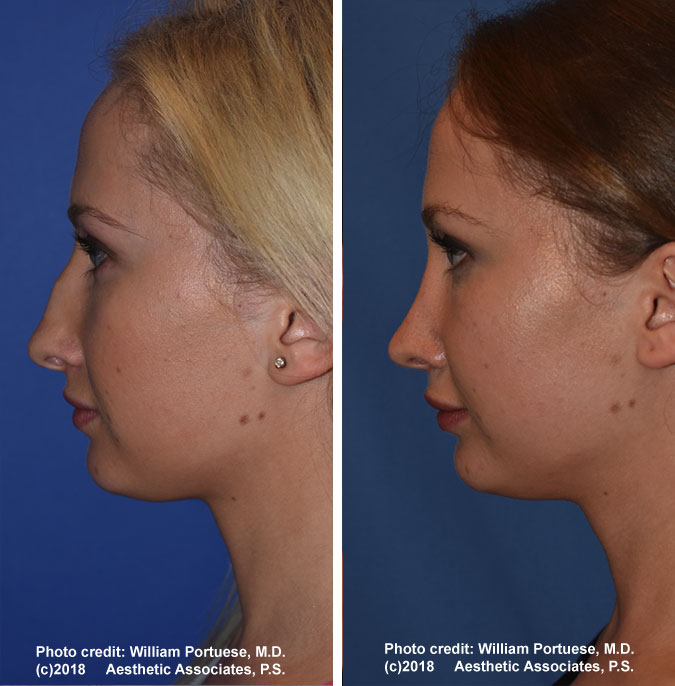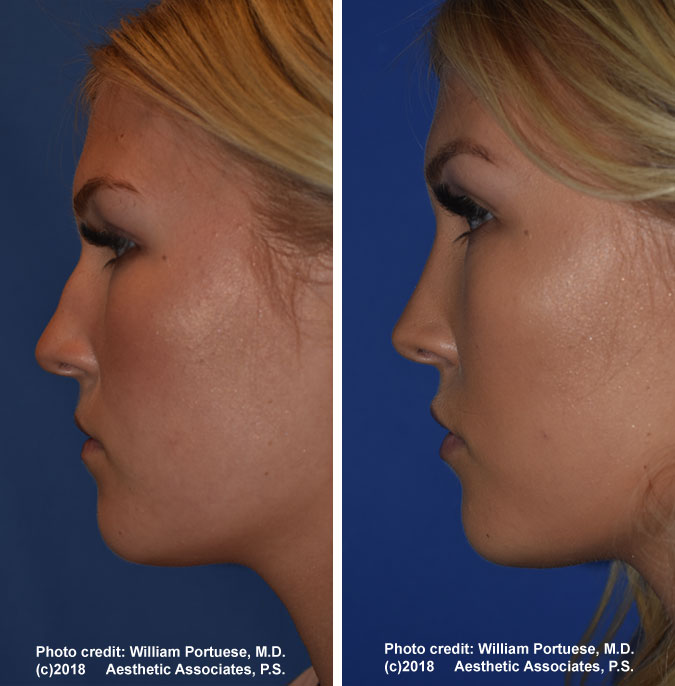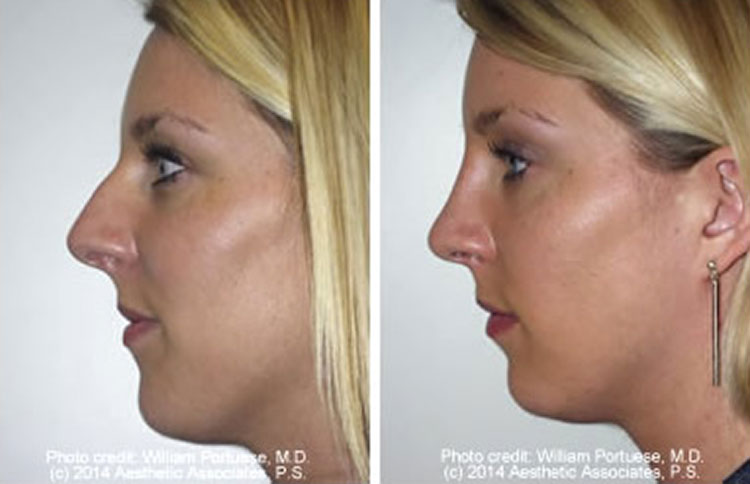Nose Surgery Portland Or
upon the day of the surgery, Dr. William Portuese reviews the surgical scheme and computer imaging subsequently the patient. Patients as a consequence meet the board certified physician anesthesiologist and are next admitted into our Medicare endorsed outpatient surgery center. In our surgical center, a rhinoplasty is always performed below general anesthesia for uncomplaining safety and comfort. Nose surgery usually takes along with one to two hours under the tackle giving out of the anesthesiologist. Dr. Portuese performs the entire surgery taking into consideration a closed rhinoplasty entry and later applies a cast across the bridge of the nose that will stay in place for 6 days. Patients are taken to the recovery room where they will wake stirring from the anesthesia and after that go house following their caretaker. Recovery Time: Patients will have visible bruising and blister for approximately 10-14 days after the procedure. The first postoperative visit is at one week afterward the cast is removed and patients can see their initial results. There will furthermore be followup appointments at one month, 3 months 6 months and one year.


